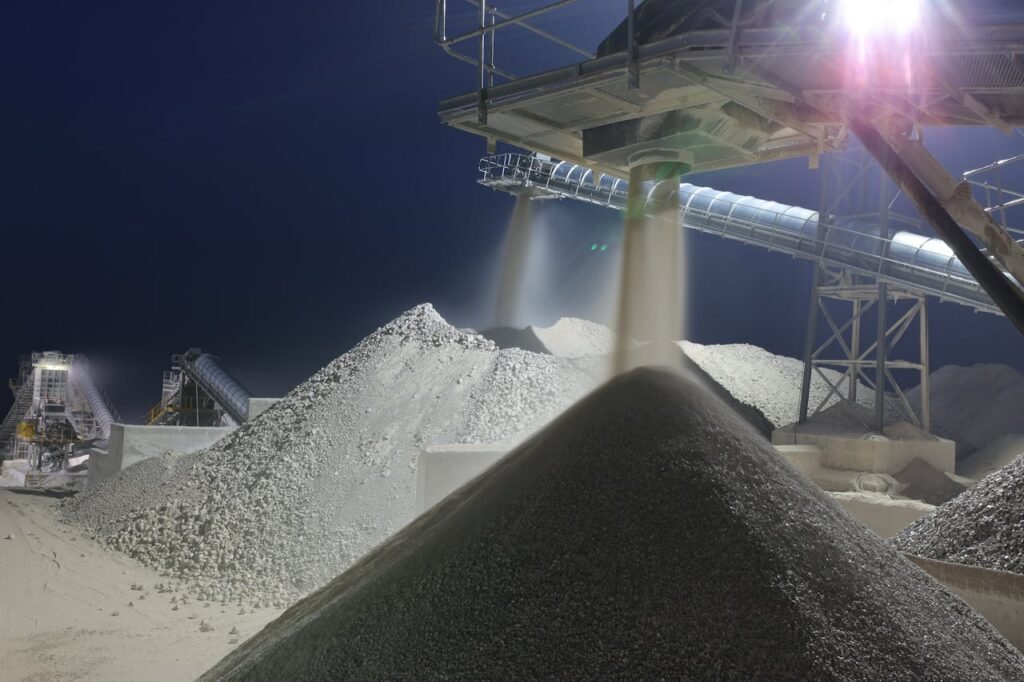Any operational site management will require a focus on both the cohesive view, and also the minor details that make this project work. If you’re running a construction site, for example, safety has to be a top priority, but you have to make sure it doesn’t impede (too strongly) the operational effectiveness of your staff labour if you hope to finish the project on time. Safety always comes first of course, but plans to make it systemic can help you optimize your processes alongside it.
As there are many moving parts within an operational plan such as this, there are many possible points of failure. That’s why making sure you avoid site delays not only from occurring, but from affecting one another, can help you keep the site functioning as intended, safely, optimally, and with essential communication lines updating you at every step.
If you’re preparing for your first operational site management duty, and you wish to review some of the principles of success, never fear. We’ve explored them below:
- Be Considered In Your Timeline Management
Suppose there’s one thing a first-time manager learns fast. In that case, it’s that overly tight timelines are just dreams that will bite you sooner or later, as you may be able to have access to more funding, more manpower, more materials and resources, but time is a precious resource.
Yes, you want your schedule to be efficient and purposeful, but if you don’t include breathing space, the whole thing will fall over the first time a delivery is late or the weather turns. You’re better off adding flexible buffers between each stage and giving a little space for decision-making when problems do come, because they will come.
Of course, not every delay can be predicted, but with good prep and enough margin, they won’t derail the entire project should you know what the most likely failure or delay points are. If you have contingencies listed next to each major phase, you don’t have to problem-solve under pressure and scramble to try and buy more time ot think it all through.
- Put Forward Your Daily Briefings
It might feel like everyone just wants to get on with their tasks and skip the morning chat, but a quick and clear daily briefing for projects with specific timelines can help you keep the team together.
You can put together five to ten-minute huddles help everyone feel in the loop, flag any safety concerns, and review the day’s main priorities or issues that may be a factor. It sets a tone at the very least and stops workers from guessing or miscommunicating. You don’t need a slideshow or clipboard to run these as we might expect, just a short, structured conversation each morning that lets everyone ask questions, mention updates, and go into the day feeling confident about what’s expected of them. However, if you do have resources to share, be sure everyone has a copy or that they know where to get one.
- Know What’s Arriving, When, & Where
As a site manager or operator you’ll no doubt have a hand in procurement, or at least the final signoff when procurement measures are given to you. Now, demanding a certain amount of product is one thing, it’s another to make sure they show up in the right place, can be unloaded quickly, and don’t take up more space than they should.
Most site operators know that over-ordering or misplacing gear can lead to issues with storage in walkways and wasted time as workers sort it all out. Use a delivery log and set specific zones for drop-offs if you can, because it will help you keep accountability in the process. If something important doesn’t arrive, you want to know the moment it doesn’t, not an hour later when people are already standing around. Also, be mindful of how loading will take place, if the entrance to the site is reliably safe, and if staff know how to handle it.
- Consider Your Heirarchy
Even on a small site, confusion over who’s in charge of what can create arguments and you don’t want departments fighting over a multi-million dollar project. Moreover, you don’t want everyone reporting everything to the site manager, just like you don’t want miscommunications because people made assumptions about who was responsible.
Be really clear about who handles safety concerns, who oversees which teams, and who signs off on task completions if you’re putting the operational plan together. It’s worth posting the org chart somewhere visible and referencing it during your first few site-wide briefings, while making sure every staff member has a digital copy too. If your chain of command is clear, it means people aren’t afraid to escalate something when it matters, and they don’t waste time chasing the wrong person for a decision when each day should be valuable.
- Prioritise Sanitation (It’s Not A Luxury)
On a site with dozens of workers, sometimes spread out over long hours and large areas, sanitation can’t be something you think of as a secondary priority; it needs to be at the forefront of everything. That will include clean portaloos, hand-washing stations, waste disposal bins, and designated rest areas as a baseline. Also, ask where workers will store their lunches or rucksacks, where dirty boots can be washed off, and how to keep first aid areas safe.
If you prioritize this and have safety and health professionals assigned to the site, it will keep people healthy, legally compliant, and operationally ready. No site manager is going to want a crew out sick because of poor hygiene standards, or an inspector shutting the site down because of a neglected wash station, but this is one of those practices you implement because of its own worth, not for fear of reprisal.
- Make Equipment Maintenance A Baked-In Element Of Your Site Checklist
Some site managers looking to save a buck will keep pushing tools and vehicles until they finally give out, especially if they seem to be working just fine. But every time you skip a scheduled check or ignore a warning light, implementing only a surface-level fix to push it back a little further, you increase the chance of a terrible safety incident, downtime and unexpected repair bills.
Like you spend time brushing your teeth in the morning simply because it’s good sense, baking in equipment maintenance to your schedule, through the form of a process calendar especially for high-load or high-risk equipment like cranes, forklifts, and generators, will be essential.
After all, if something breaks, it might not just delay one job, but everything that relies on that job being done. It’s better to be a little overcautious now than suddenly needing a replacement you can’t get for a week.
- Communicate Using Visual Aids & Planning Tools
A lot of first-time managers think spreadsheets are all they need because they do lay the hard facts out, and it’s not like people working construction are averse to numbers and lists. But when you’re working on a site, where the average worker doesn’t have time to check email or scroll a shared drive, a visible daily plan can actually be quite helpful.
You might have a whiteboard, laminated chart, or digital screen in the most populated areas to make announcements, to show non-essential updates where appropriate each day, or just list what’s done and what’s behind. That way, your whole team stays aware of the bigger picture as they work on the details.
This is just one element of the communication pipeline that can keep the team informed but also lets you avoid too much wasted time in updates. For example, if a delivery can be expected on Thursday, having that info clearly displayed outside of your office can help you avoid several knocked doors throughout the day.
- Always Put Project & Site Reviews In Place For Next Time
If this has been one of your first operational site duties, trying to introduce new tools, policies, and frameworks all at once is going to delay you no matter how keen your ideas are. Learn the ropes first with any higher-up shadowing you that’s available, because the most successful sites get the basics locked down first.
You can see the principles in this post, as it means a safe layout, clear leadership, working equipment, timely deliveries, and steady communication. Once those are in place and humming along, then you can look at optimising with a full site review depending on what had worked and what didn’t.
Some considerations you may have for next time could be improving task efficiency, introducing more automation, or maybe considering different shift patterns if issues like heat limited you this time around. If you get good at reporting for these reviews, you’ll provide yourself the chance to grow next time around.
To conclude, it’s fair to say that there are so many moving parts on any site or construction project that planning for every eventuality just isn’t possible. But you can certainly help fend off some of the most likely delays with good planning, and also keep yourself focused, while learning appropriate lessons for next time around. We hope this advice helps you in that goal.







